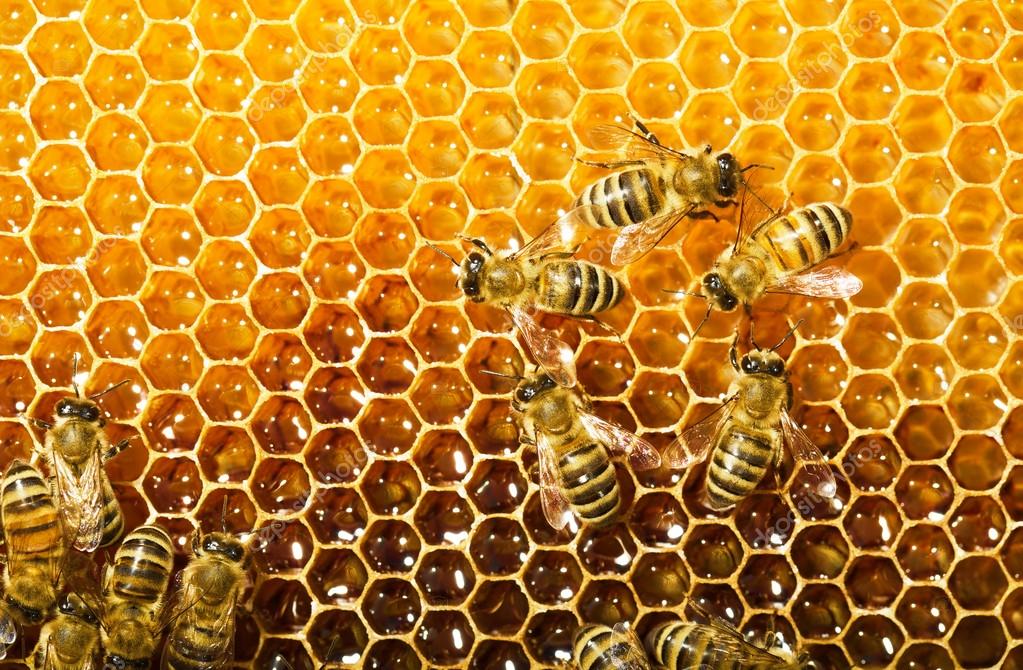Winter is one of the hardest seasons for honey bees, here we are looking at ways to help keep them alive through the season.
Snow –
The hives will be fine if they are not under a snow drift for too long. They maintain a steady temperature in the cluster so will wait for spring. Loose snow over the entrance allows air through and bees do not want to leave the hives anyway, it can be a problem if compact snow turns to ice though, so its worth brushing that off.
Food-
Bees store honey at the top of the combs, pushing the brood nest downwards. In winter the bees cluster to maintain a constant temperature of 35’C in the centre. The bees eat their stores to provide energy in the form of heat. The cluster naturally moves upwards onto the next cells of honey in their vertical combs. The bees need to keep together to maintain the temperature and are unwilling to break away to go round the edge of the frame into the next gap in order to get more food. Therefore it is recommended to provide plenty of cells full of food above the cluster. If you didn’t do this when you fed your bees, it is too late to do it now, do not disturb the winter cluster as it will lose heat.
Rodents –
In the winter mice may enter your hives in a bid to keep warm. They can squeeze in incredibly small spaces therefore hives should be protected with a mouse-guard.
Woodpeckers –
Green woodpeckers can be a real nuisance once they find a beehive. They can do serious damage to a hive, exposing the cluster to the elements. Protect hives with small-mesh chicken wire on a loose ring around the hive so that the birds cannot reach the wood through the holes. Alternatively, get strips of plastic which reach the floor and pin them to the roof, birds cannot get a grip on the smooth surface.
Winter Vigilance –
Although you cannot do anything to your bees until spring, visit your apiary every so often to check that all is well, especially during windy weather when roofs may have been blown off.








